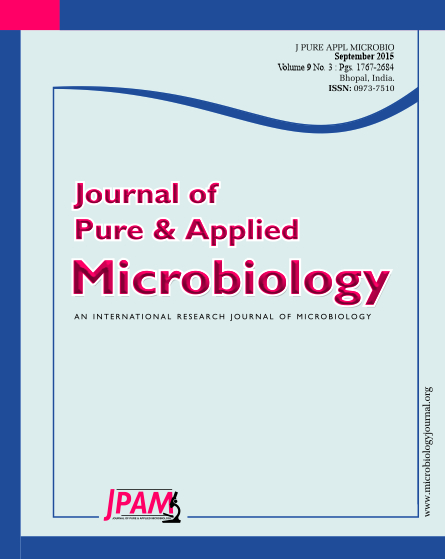Seventeen soft rot bacteria were isolated from potato tubers and stems showing like symptoms of soft rot and blackleg. Initial characterization concerning morphological and biochemical characteristics was performed. Furthermore, all bacterial isolates showed symptoms of the soft rot disease upon infection of potato tubers with different pathogenic capability. Molecular identification of these isolates via PCR utilizing the 16S rRNA universal primers was carried out. DNA sequence of PCR products and analysis via BLAST and data of the Genbank showed that, twelve isolates belonging to Pectobacterium carotovorum sub sp. carotovorum, three isolates belonging to Enterobacter cloacae and one isolate of each P. carotovorum subsp. brasiliense and Dickeya chrysanthemi. Moreover, the P. carotovorum subsp brasiliense isolate was confirmed by PCR amplification using specific primers (Br1f/L1r) and represented the expected length 322 bp. The genetic diversity among the seventeen bacterial isolates was investigated by Random Amplified Polymorphic DNA (RAPD) analysis, using 6 different primers, revealed different levels of molecular variation among bacterial isolates on the bases of amplified product pattern. The RAPD analysis shows that isolates of P. carotovorum subspecies were quite homogenous and could be differentiated from Enterobacter. cloacae isolates.
Pectobacterium spp., Soft Rot Enterobacteriaceae, PCR, 16S rRNA, RAPD
© The Author(s) 2015. Open Access. This article is distributed under the terms of the Creative Commons Attribution 4.0 International License which permits unrestricted use, sharing, distribution, and reproduction in any medium, provided you give appropriate credit to the original author(s) and the source, provide a link to the Creative Commons license, and indicate if changes were made.


